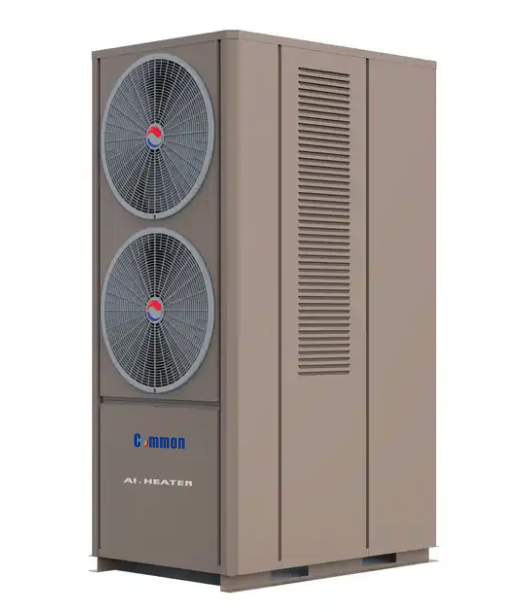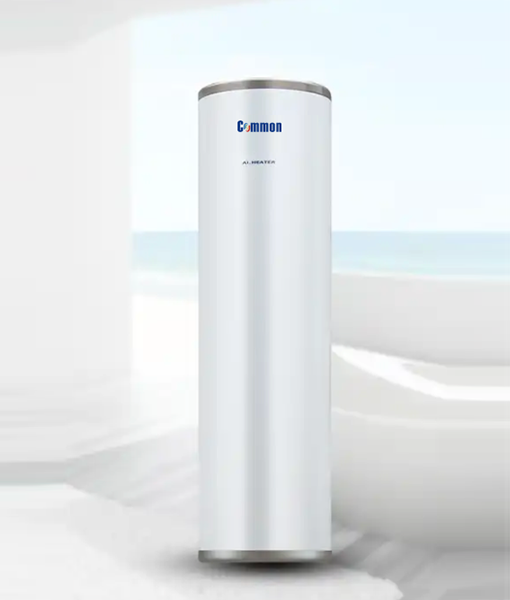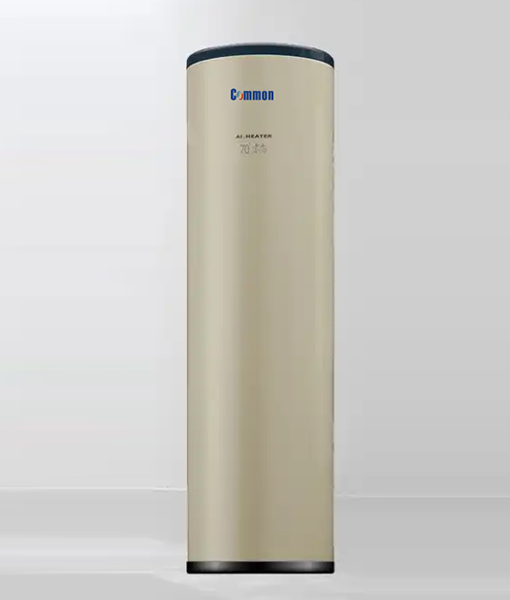With the improvement of environmental awareness and the rise of energy costs, Air to Water Heat Pump (air source heat pump water system) as an efficient and energy-saving heating and hot water solution has become the first choice for more and more homes and commercial buildings. By utilizing the heat in the air, Air to Water Heat Pump can provide users with comfortable indoor temperatures in different seasons and provide a stable supply of hot water. Compared with traditional gas boilers or electric heating systems, Air to Water Heat Pump is not only energy-saving and environmentally friendly, but also highly adaptable and has a long service life.
Working principle: efficient use of heat energy in the air
The basic working principle of Air to Water Heat Pump is to transfer the heat in the outside air to water, and use water as a heat carrier to heat the room or provide hot water. This process is achieved through core components such as compressors, evaporators, condensers and expansion valves. When the outside air is absorbed by the evaporator, the heat is transferred to the refrigerant. After compression, the temperature of the refrigerant increases, and then the heat is released into the water through the condenser. Then, the hot water is transported to the heating system or water heater to provide users with a comfortable environment and sufficient hot water.
Energy-saving and efficient, reducing energy consumption
Compared with traditional gas or electric heating systems, Air to Water Heat Pump has significant energy-saving advantages. It can effectively utilize the heat in the outside air, and can provide 3-4 kWh of heat for every 1 kWh of electricity consumed, which makes its energy efficiency ratio (COP) much higher than that of traditional heating systems. Especially in the cold winter, Air to Water Heat Pump can work stably, provide continuous heating and hot water supply, help families and businesses reduce energy consumption and reduce electricity bills.
Environmentally friendly and sustainable, reducing carbon footprint
Air to Water Heat Pump is an environmentally friendly heating and hot water solution. It extracts heat energy from the air and does not rely on burning fossil fuels, so it does not produce harmful carbon dioxide emissions. This makes Air to Water Heat Pump play an important role in reducing greenhouse gas emissions and helps achieve low-carbon living and environmental protection goals. For consumers who are concerned about energy conservation and environmental protection, Air to Water Heat Pump is undoubtedly an ideal choice.
All-season application, intelligent control
Air to Water Heat Pump is not only suitable for winter heating, but also can provide hot water and cooling throughout the year. Its intelligent control system can adjust the working state according to actual needs, ensuring that users can enjoy a comfortable indoor environment in different seasons. In addition, many Air to Water Heat Pump devices can also be connected to smart home systems, and users can easily manage temperature control and hot water settings through mobile phones or voice control, which improves the convenience of use.
Although the initial investment of Air to Water Heat Pump is high, its high efficiency and low operating costs make it have a high return on investment. Its long-term energy-saving benefits mean that home and commercial users can recover their costs within a few years and enjoy stable energy savings for many years. In the long run, Air to Water Heat Pump not only provides users with a comfortable living experience, but also significantly reduces energy costs. It is a green technology worth investing in.
With its high efficiency, energy saving, environmental sustainability, and intelligent control, Air to Water Heat Pump has become an ideal choice for heating, hot water, and cooling in modern homes and commercial buildings. By adopting this innovative technology, users can not only enjoy a comfortable life, but also contribute to environmental protection.
0086-13688976599








